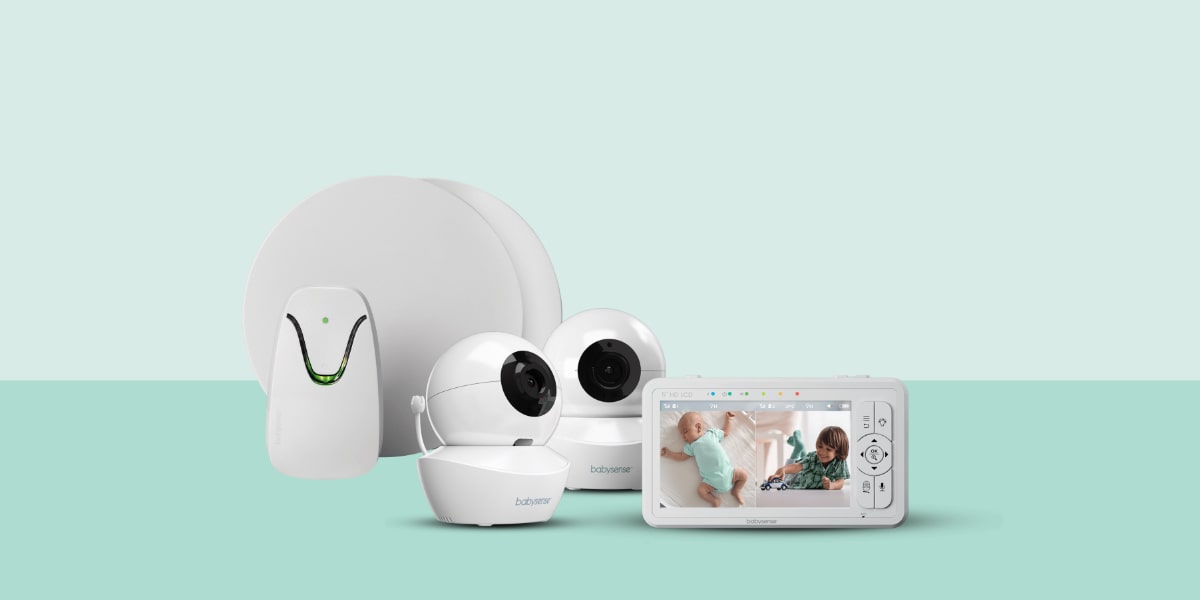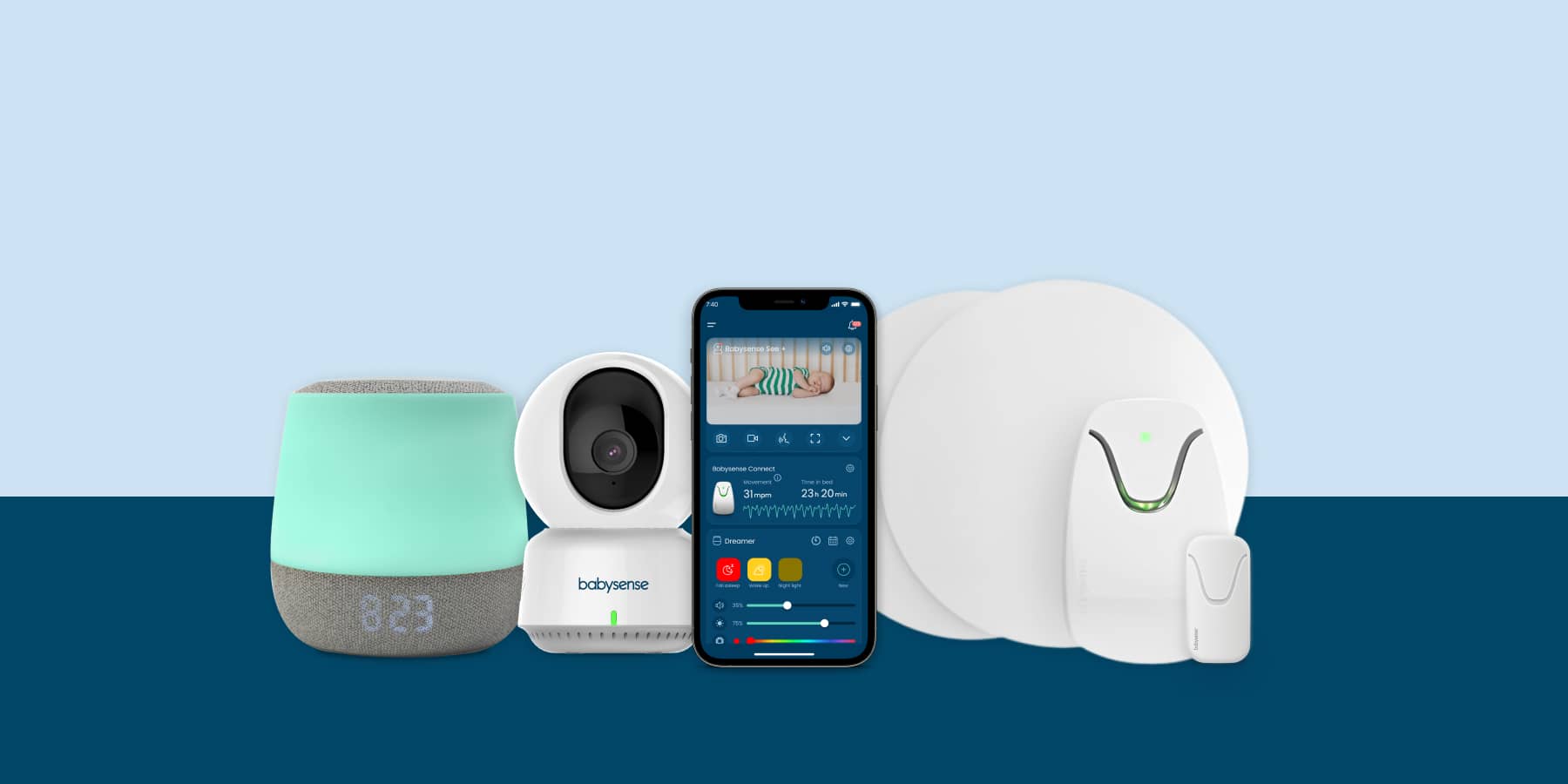For nine months your baby is nurtured in the ideal world of the womb. From this calm environment your baby emerges into a busy sensory world. The transition to the harsh world can to be made smoother by you. Here are some simple methods to make your baby’s transitions from womb to world a smooth one.
At birth your baby is less mature than almost any other mammal. His brain is not capable of any conscious decision or movement but is an advanced sensory organ. In other words the brain takes in information from the senses and over time learns to deal with and make sense of the new sensory input.
In young babies, the process of filtering out unnecessary or excessive sensory input is not yet mature. So your newborn will be easily over stimulated. To ease your baby into the world, ensure he does not become over stimulated.
There are seven ‘S’s’ to follow to ensure a smooth and calm transition into the world for your newborn.
The seven S’s for a calm baby:
S ensory environment – You need to develop ‘sensory eyes’ – to read what may be causing overstimulation on a sensory level. Then remove your baby from the stimulus or change to a more calming environment
S elf calming - Encourage self-calming
From the youngest age try to give your baby the space to develop her own self calming tools, such as sucking her hands or clasping them together. Do not take her self-calming strategies away by putting her to the breast every time she sucks her hands or popping in the dummy when she is effectively self-calming.
S waddling – Swaddling (wrapping in a stretchy blanket) has been proven to calm young babies significantly and help them sleep well. S oothing touch - Baby massage is a fantastic tool for calming a baby and has all day benefits.
S ling – Movement is lulling for your baby – it mimics the womb environment she came from and soothes her very effectively.
S ounds for calming – certain sounds are very calming for your baby. White noise, such as the sounds of waves or radio static absorbs other sounds and calms babies. Lullabies and nature music help with calming and sleep.
S tick to one strategy for 5 minutes. The last thing an over stimulated baby needs is a lot of quick changes and each intervention you use is a stimulus for a short time, until your baby gets used to it. So try any of the above strategies for at least 5 minutes before trying the next.
Conclusion
By following the Baby Sense principles for a calm baby and bearing in mind the sensory world, the early stage of mothering will be a happy one with memories of happiness and new experiences.
All the best with this precious journey
By Meg Faure








